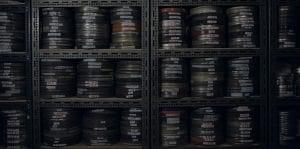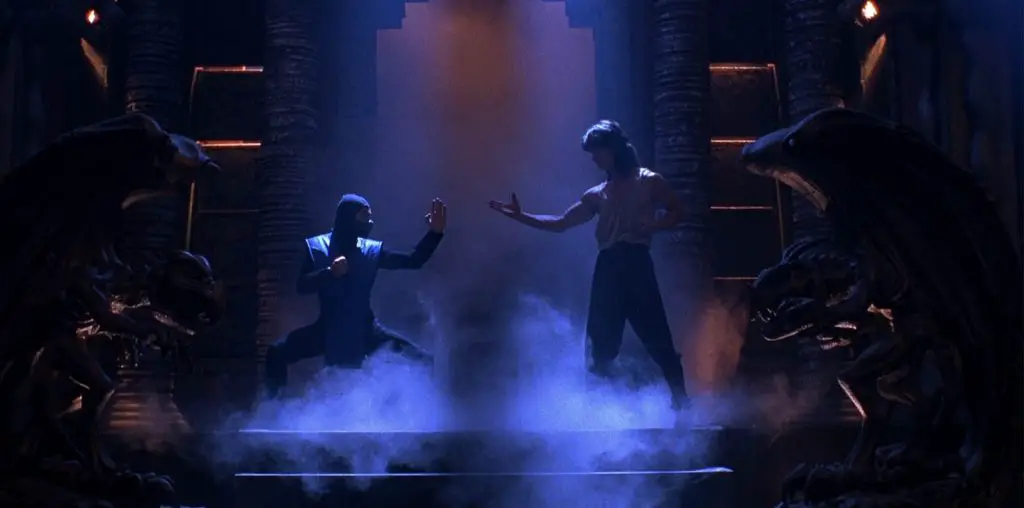
The good old maxim that “no one sets out to make a bad movie” gets scrutinized in Mariam Ghani’s documentary What We Left Unfinished, which “tells the story of five unfinished feature films from the Communist-era Afghanistan (1978-1991).” Left with no choice, the filmmakers behind those films did their best to express themselves, despite the restrictions enforced upon them by the controlling government, which couldn’t care less about whether a propaganda flick was “good” or “bad.” Composed entirely of interviews and archival footage taken from those five films, Ghani’s effort is commendable but oddly lacking the very same artistry it purports to mourn.
At a time when “you couldn’t even say that a minister’s hair was crooked” without the fear of getting shot, directors like Juwansher Haidary, Faqir Nabi and Wali Latifi valiantly attempted to stand up against authority – yet had no choice but to abide. “They [the government] wanted to show that the Communist regime was for the defense [and betterment] of the people,” Latifi states wistfully.

“…tells the story of five unfinished feature films from the Communist-era Afghanistan…”
Arming film crews with an unlimited budget, as well as Kalashnikovs (with real bullets), explosives and tanks, the Communist despots had them use real soldiers as actors, under the constant threat of being severely wounded or killed. “A golden time for Afghan cinema,” indeed. “We had a passion,” says filmmaker Latif Ahmadi, “so we had to accept it.” Actress Yasamin Yarmal, who “wanted to make a difference” by educating and freeing women through cinema, adds: “We were the faces of state policies.”
The cinematographer of 1978’s propaganda “thriller” The April Revolution “couldn’t figure out how the film could’ve ended,” such was the confusion on set. The film contains real footage of controversial political figure Amin, “playing himself,” as he’s being searched. According to Ahmadi, every scene with Amin had Kalashnikovs pointed at them. Ghani focuses on four other similar films – Agent, The Black Diamond, Wrong Way, and Downfall – the latter a “love story” about “intelligence war against foreign spies and drug smugglers” – and yes, the imminent downfall of Afghanistan.
With few, if any, exceptions, the films depicted are crudely made, bringing to mind U.S. 1970’s-1980’s exploitation flicks with their gunfights, “drug-smuggling rings,” explosions and – most egregiously – jarring editing. They also happen to be compelling accounts of that tumultuous time in Afghanistan’s history when art tried to blossom amidst concrete, and cinema “was used as a weapon.” “Whatever the situation was,” one of the interviewees says, “at least there were a lot of films being made.”

“…it’s a testament to the power of film, a statement on art transcending conflict…”
Ghani never truly explores the irony of having every means at your disposal while being limited in how much you can actually express. Filled with engaging anecdotes told by the filmmakers, What We Left Unfinished is always watchable but never crosses over into “riveting.” Its presentation is dry and repetitive, too reliant on explanatory title cards and B-roll footage of what I assume is the Afghan film vault to fill in the gaps.
Yes, it’s a testament to the power of film, a statement on art transcending conflict, a critique of censorship and a trip down a nostalgic, cinematic memory lane…but all told in a passionless manner that leaves one cold. Once the initial fascination wears off, Mariam Ghani’s documentary feels like she left it somewhat unfinished.

What We Left Unfinished (2019) Directed by Mariam Ghani. Featuring Noor Hashim Abir, Adela Adim, Latif Ahmadi, Asadollah Aram, Zarghuna Aram, Nemat Arash. What We Left Unfinished screened at the 2019 San Francisco International Film Festival.
6 out of 10


[…] Saveliev in Film Threat:“It’s a testament to the power of film, a statement on art transcending conflict, a […]
“Once the initial fascination wears off, Miriam Ghani’s documentary feels like she left it somewhat unfinished” – brilliant ending!